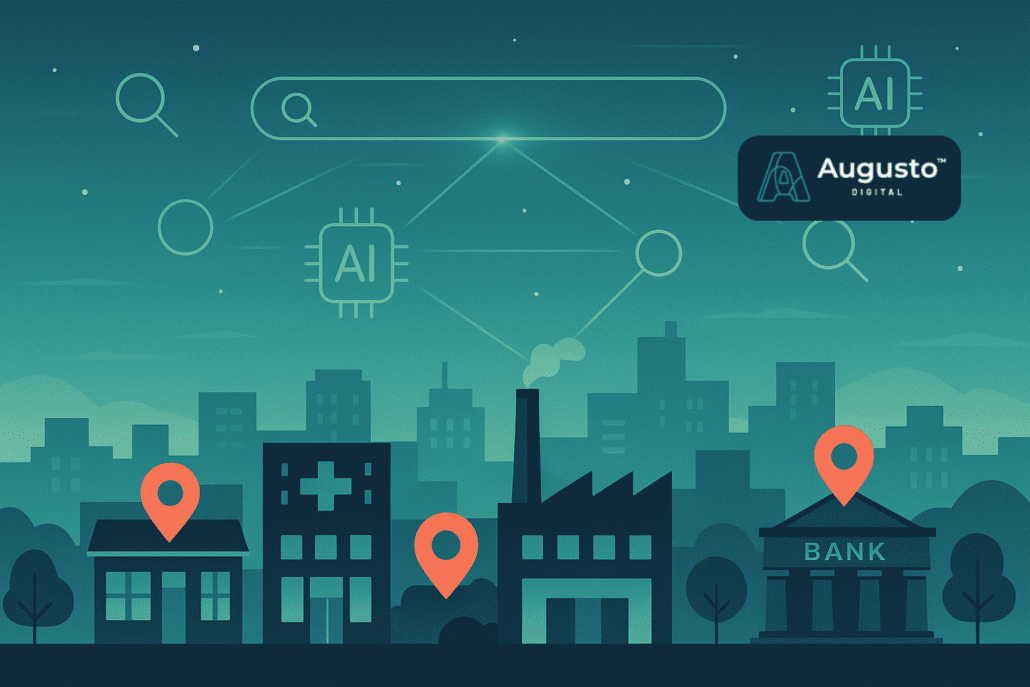What Is AI Predictive Maintenance?
Manufacturers cannot afford unplanned downtime. Every unexpected line stop drives lost production, overtime labor, and emergency repair costs. Predictive maintenance powered by AI helps operations leaders stay ahead of failures instead of reacting after the fact. By analyzing live machine data, AI models can forecast when components are likely to fail. That allows maintenance to be scheduled during planned downtime and keeps production stable and costs under control.
Why Predictive Maintenance Matters in Manufacturing
Traditional maintenance strategies rely on fixed schedules or waiting for breakdowns. Both are costly: schedules lead to unnecessary part swaps; reactive repairs cause expensive downtime. AI-driven predictive maintenance shifts to a data-led model. Sensors and connected machines stream temperature, vibration, and performance data. Machine learning spots early failure signals such as bearing wear, abnormal vibration, and overheating, then alerts teams before problems shut down production.
Key Benefits of AI Predictive Maintenance for Manufacturing Leaders
For VPs of Operations, Plant Managers, and Maintenance Directors, the benefits are clear and measurable:
-
Reduced Downtime: Plan interventions during scheduled stops and avoid production losses.
-
Lower Maintenance Costs: Replace parts only when data shows degradation.
-
Extended Equipment Life: Run assets closer to true condition limits.
-
Smarter Capital Planning: Use real failure data to guide replacement and upgrade timing.
These improvements drive higher OEE (Overall Equipment Effectiveness), lower MTTR (Mean Time to Repair), and improved MTBF (Mean Time Between Failures). These are the performance metrics manufacturing executives use to justify technology investments.
Challenges of Implementing AI Predictive Maintenance
Predictive maintenance is not plug-and-play. Manufacturing leaders must address several hurdles:
-
Data Integration: Machine and sensor data often live in silos. Use modern IoT gateways and data platforms to centralize and clean data.
-
Model Training: AI models need historical failure data. Start with a small pilot line or critical asset group to collect quality data.
-
Skills Gap: Maintenance and reliability teams may need training to use analytics. Bring in partners or upskill gradually.
-
Change Management: Operators must trust AI-driven alerts. Begin with advisory recommendations before automating actions.
A phased rollout that starts with one critical machine family helps prove ROI and build confidence before scaling across the plant.
Practical Application Example
Consider focusing on the manufacturer’s most failure-prone assets first. By piloting predictive maintenance on a single line or machine family, leaders can validate data quality, refine models, and demonstrate impact before expanding it plant-wide. This approach reduces risk and builds organizational trust in AI-driven recommendations.
Conclusion: Why Manufacturers Should Act Now
Predictive maintenance powered by AI is no longer experimental. It is an operational advantage. Manufacturers that move early reduce unplanned downtime, control costs, and make smarter capital decisions. The challenge is not just the technology but the rollout: integrating data, proving ROI on a limited scope, and building trust among operators. For leaders aiming to stay competitive, now is the time to plan and act. Augusto helps manufacturers plan and implement AI-driven predictive maintenance programs, from pilot to plant-wide rollout. If you are evaluating predictive maintenance, we can help you start small, prove ROI, and scale with confidence.
Let's work together.
Partner with Augusto to streamline your digital operations, improve scalability, and enhance user experience. Whether you're facing infrastructure challenges or looking to elevate your digital strategy, our team is ready to help.
Schedule a Consult

